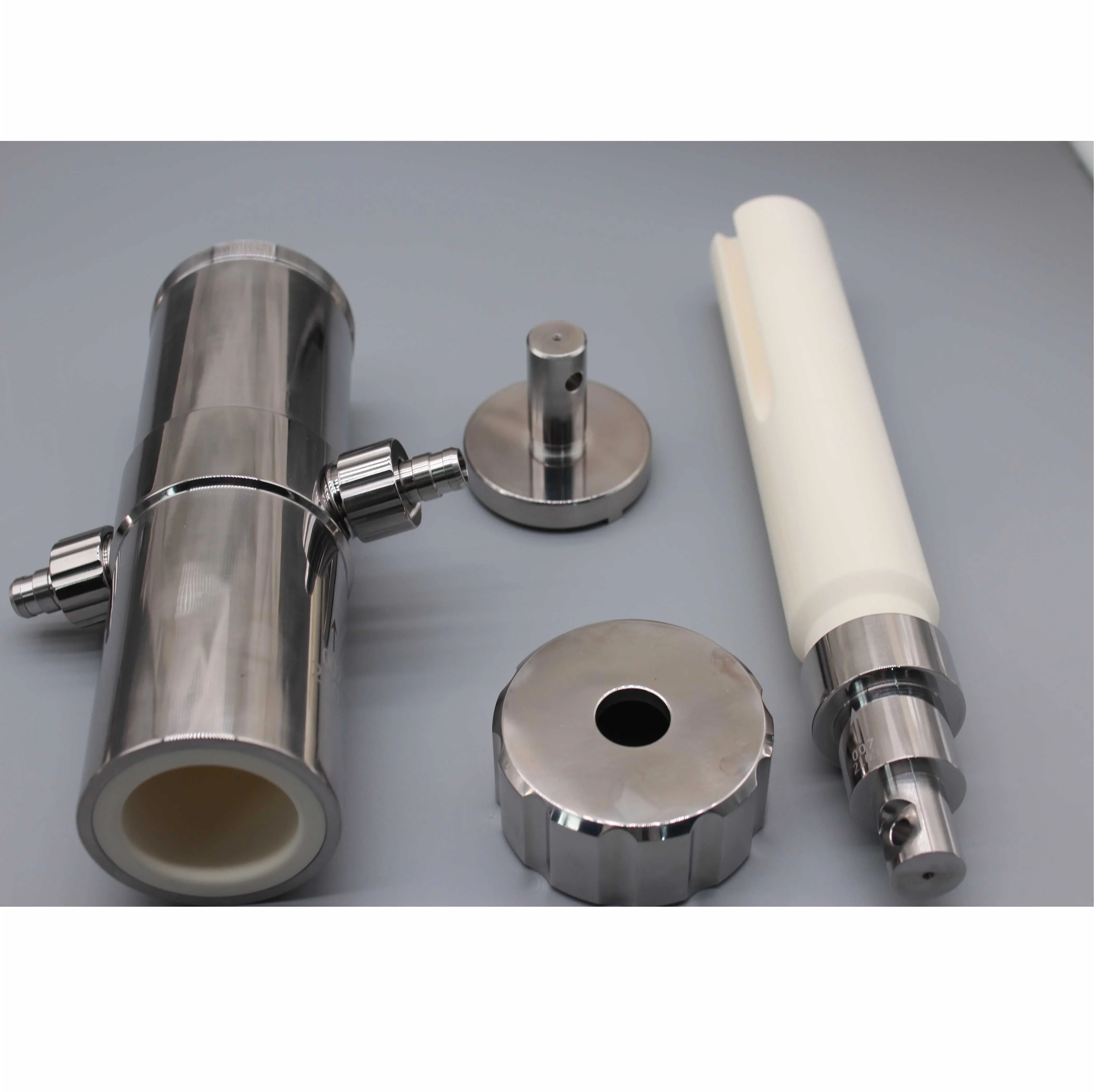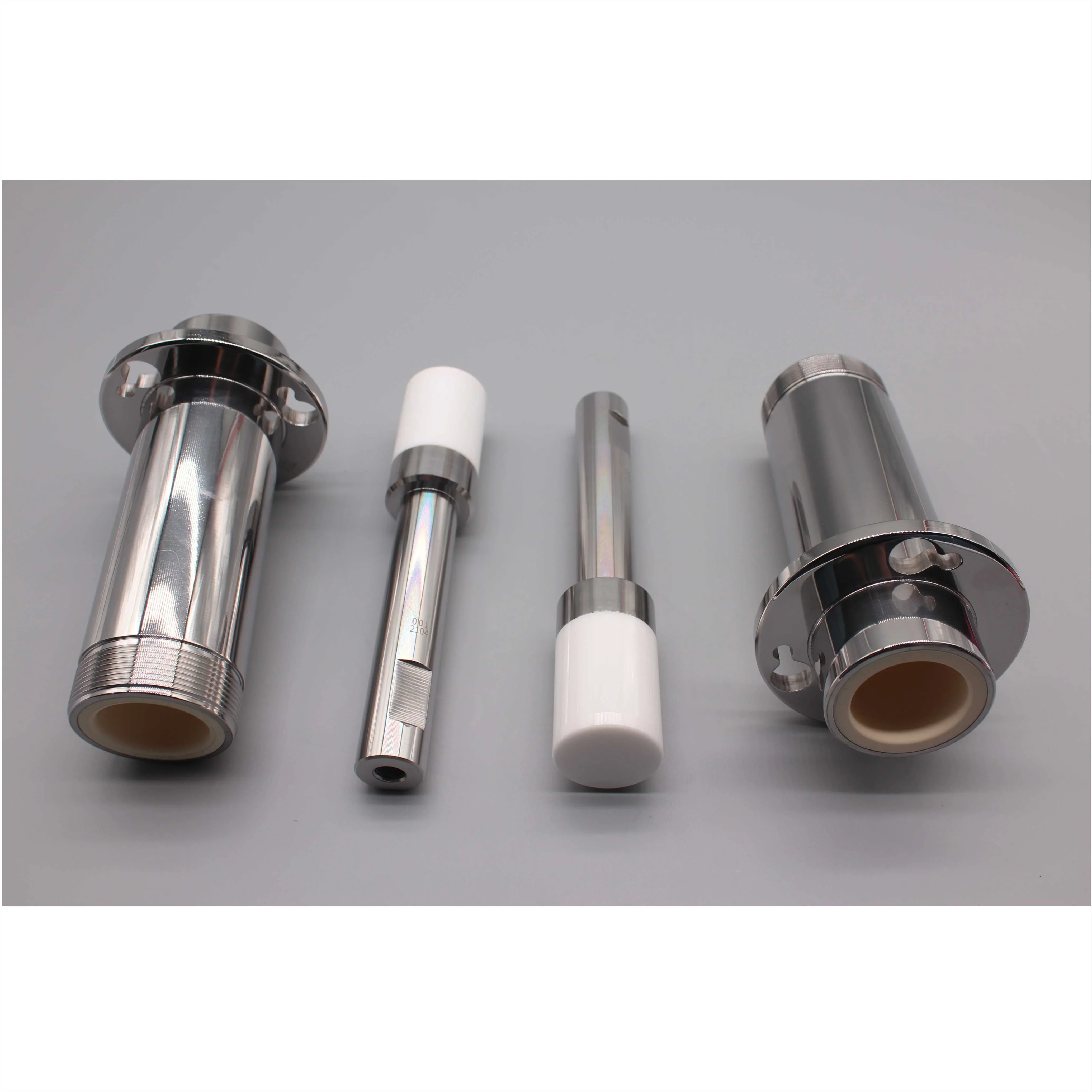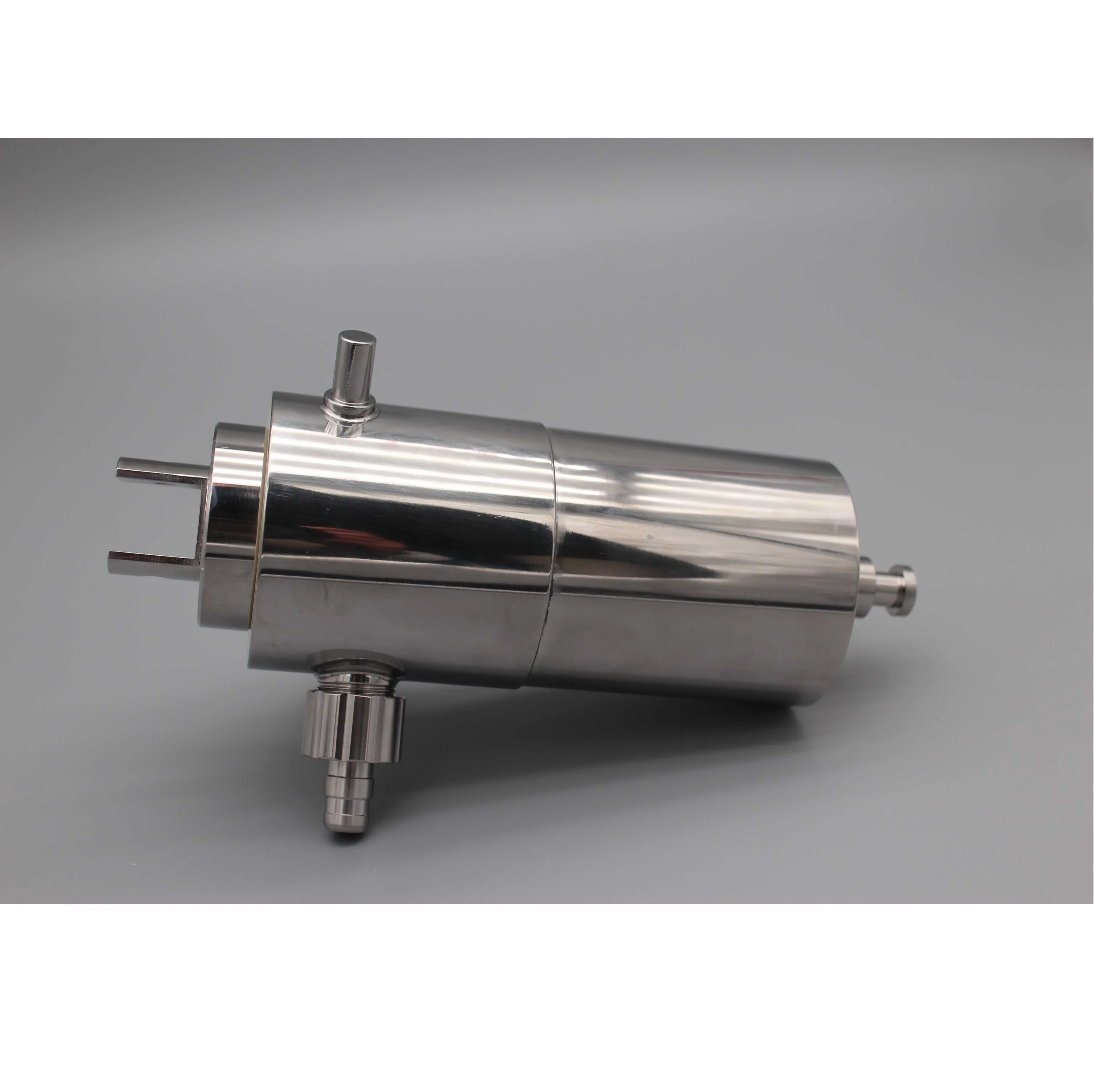Ceramic pumps are widely recognized for their durability, chemical resistance, and precision in a variety of industrial applications. As a supplier of these high-quality pumps, we will explain the differences between the two main types, three-piece and two-piece ceramic pumps. This blog post will delve into the design and application aspects of both ceramic pumps, providing valuable insights for those seeking the best solution for specific needs.
Design Differences Between Three-Piece Ceramic Pump And Two-Piece Ceramic Pump
Three-Piece Ceramic Pumps
As the name suggests, three-piece ceramic pumps consist of three main components: the metering shaft, the cover, and the swivel bearing. This modular design separated the injecting motions into two parts: rotational motion and piston motion. The piston produces the power for liquid flow and the metering shaft control the orientation of the flow, which can more precisely controlled the amount of liquid injection.

Two-Piece Ceramic Pumps
Two-piece ceramic pumps are composed of a single swivel bearing and one cover, creating a more concise and streamlined structure. This design combines the rotary valve and metering shaft into one component, and makes it doing the rotary reciprocating motion. It means the swivel bearing will control the flowing and direction of the liquid at the same time, which enlarge the max injection amount of the machine.

Similarities Between Three-Piece Ceramic Pump And Two-Piece Ceramic Pump
Which two types of injecting pumps are made from ceramic, they have the same features:
Sealing: Both of them owned the self-lubricating effect through a special microporous structure, which changes the sliding friction and lubrication mechanism of traditional plunger pump. It means the pump do not need any lubricant to help with the working, and avoiding the pollution brought by the lubricant.
Maintenance:
Chemical Resistance: Both types of pumps offer excellent chemical resistance due to the inherent properties of ceramic materials. This can protect themselves from strong corrosivity liquid and be used in a long lifetime. Depends on it, the pumps can be used in various industries, such as lithium injection, medical, food production line and so on.
Temperature Range: The ceramic was sintered in a temperature higher than 1800℃,however, both of the pumps contain some metal which decided it is better to work in room temperature of 10~40℃.
Applications Differences Between Three-Piece Ceramic Pump And Two-Piece Ceramic Pump
The most difference of their application is the filling volume. The special design of the three-piece pump decide it can finish the injection work in more precise controlled through the independent swivel bearing, in a cost of filling speed. So, the best amount of injection quantity is 0.1~100 ml. The two-pieces one can be used in a larger range of filling quantity of 0.5~1000 ml. Both of their filling precision can reach ±0.5%.

Conclusion
In conclusion, the choice between a three-piece and a two-piece ceramic pump depends on the specific requirements of the application.
If you have two-piece ceramic pumps or three-piece ceramic pump production needs,welcome to contact us or browse our website to find out how we can provide you with Three-Piece Ceramic Pump solutions that meet your needs.



